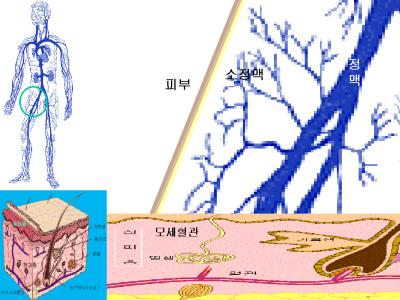시강에 의해서 시반은 영향을 받는가?
쟁점이 된 '시강에 의해서 시반이 영향을 받는다'는 부분의 법의학 교과서입니다. 즉 시강이 일찍 발달되면 굳어진 근육 속의 정맥도 막히거나 꽉 짜지면서 시반이 중력에 반하여 엉뚱한 부분에 생기거나 시반의 이동에 영향을 줄 수 있다고 유추할 수 있는 부분입니다.
Well-developed hypostasis, however, fades very slowly and incompletely because the blood in the subcutaneous venules cannot move until that in the nearby veins moves and the gravitational force, registed to some extent by surface tension and the effect of rigor mortis on veins buried in muscle, is not great.
Confusion is more likely with those patches of hypostasis, possibly only 1-3 cm diameter, which appear on parts of the body which are not dependent. Those isolated patches of hypostasis are due to the blood in the deeper veins being sqeezed, against gravity, to the skin surface by the action of muscles developing rigor mortis.
Gradwohl's legal medicine (page 82, 83)
.jpg)

.jpg)